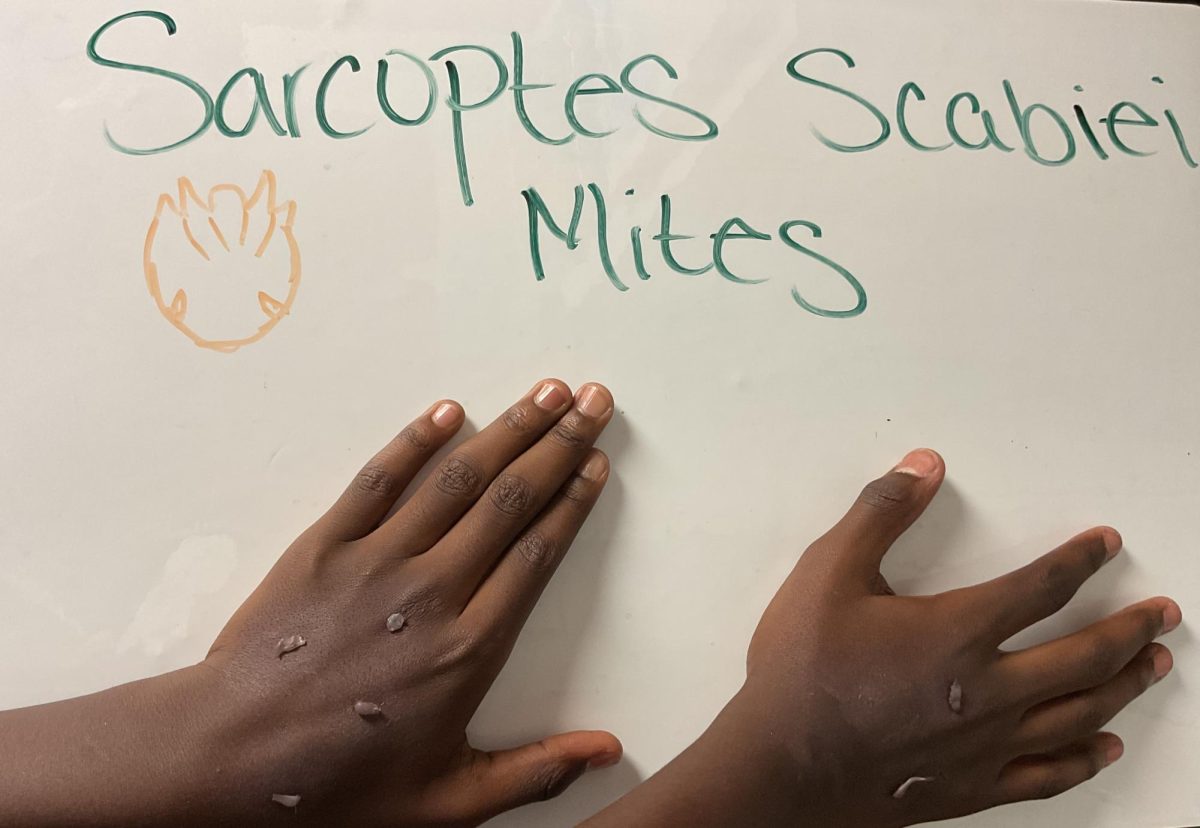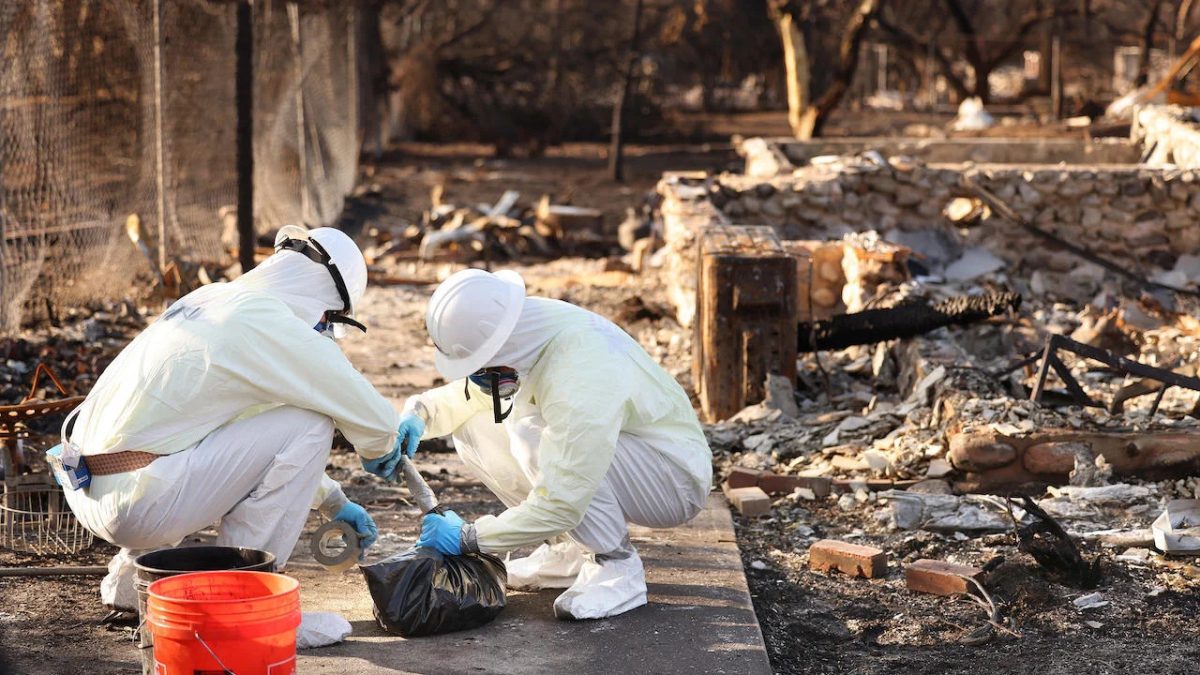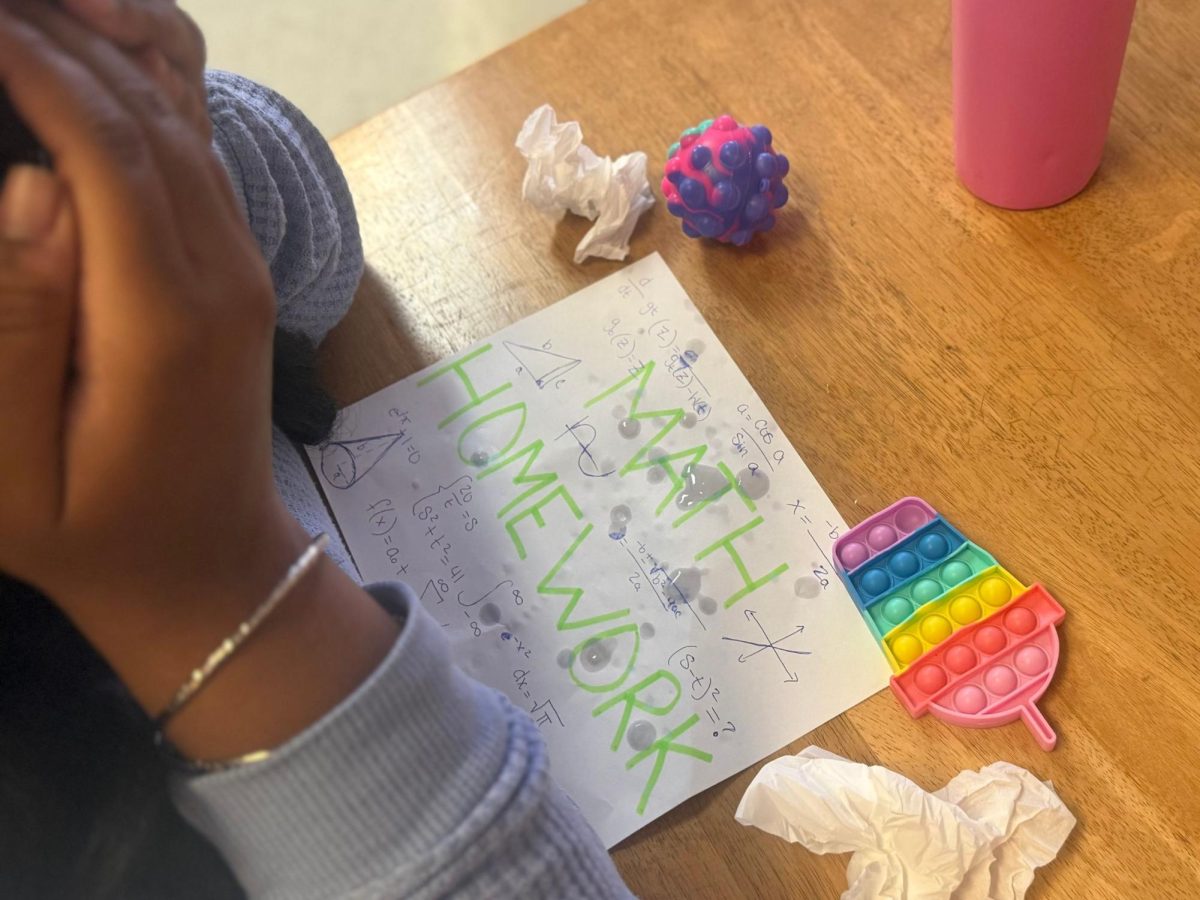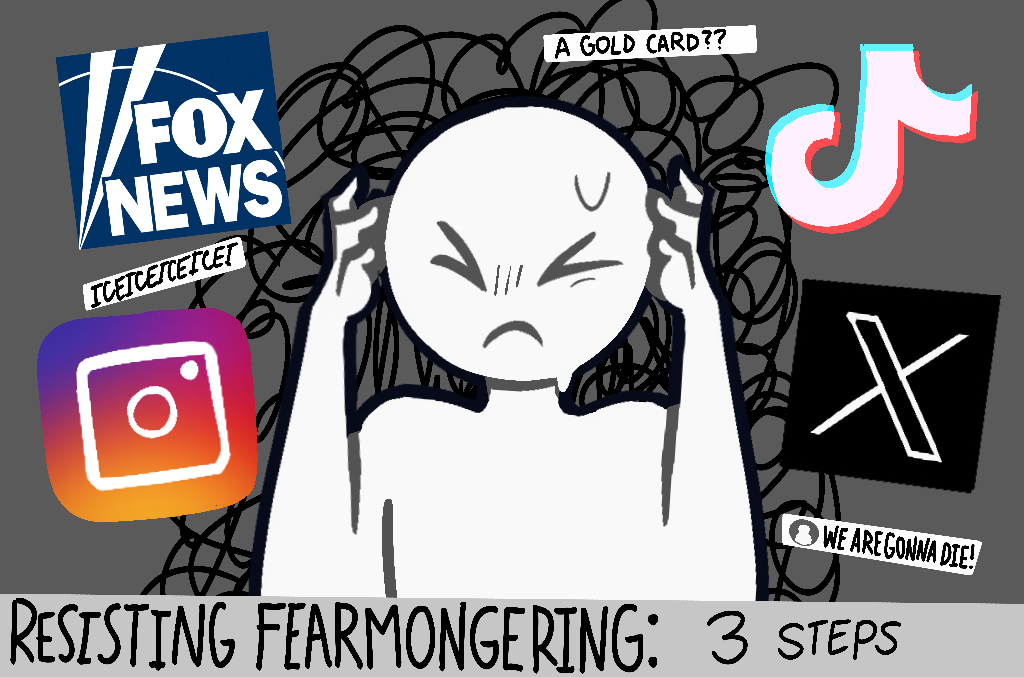In the years following COVID-19, several viruses continue to spike; U.S. citizens fear these spikes threaten a lockdown, similar to the horrendous events of the recent pandemic. The newfound rash, Sarcoptes Scabiei also known as Scabies, slowly slithers into the U.S. possessing an unknown origin. Medical officials compile a plethora of information on where outbreaks commonly occur, how to cure the rash and the percentile of people who catch it.
“Scabies affects the world’s most disadvantaged populations, especially people living in crowded and impoverished conditions, from island communities in the Pacific to favelas of Latin America, remote and rural communities across Africa and Australia, and displaced populations living in camps. In resource-poor settings, scabies and its complications impose a major cost on health care systems. In high-income countries, cases are sporadic, yet outbreaks in health institutions and vulnerable communities contribute to significant economic costs for national health services,” the World Health Organization (WHO) said.
In the early months of this year, Manchester-based Dr. Naveed Ijaz witnessed a rise in patients with intensely itchy rashes. Even though the rash appears regularly, medical professionals recently noted the increase across the Northern region of the United Kingdom. Professionals worry about the shortage of treatments available for scabies, particularly in the winter, because as people bundle up close to each other the easier the rash spreads.
Typically, people can easily avoid the intense effects of scabies, but with limited spread-preventing resources, scabies cases rise consistently across the globe including India — affecting around 59% of the country’s rural and urban areas. Geographically, scabies occurs commonly in developing countries, tropical climates and in areas with a lack of access to water. In Europe, the Journal of the European Academy of Dermatology and Venereology explains that the scabies infestation patterns increased throughout places that have frequent tourists. Despite all the treatment options available, when a person contracts scabies, it can go unnoticed for a prolonged period and may therefore not receive proper treatment. For centuries, scabies primarily affected impoverished countries, however recent reports include infestations within the general population.
The rash commonly spreads through skin-to-skin contact and appears to pass sexually. The mites become infested in schools, prisons and care homes, additionally occuring in hospital wards and hostels. Doctors typically treat scabies with skin lotions, permethrin and malathion, rubbing the creams on the infected rash, killing the eggs and mites burrowed in the skin. Doctors use these treatments as the only methods to cure the inflammation, but in other cases, people have reported the method ineffective, showing officials how clueless they remain on the disease.
Recent incidents of the extremely contagious skin rash spread throughout Australia, and outbreaks of scabies in the U.S. popped up this year in Missouri and California. People worry about the recent spread to the U.S. because of how the development mirrors the events that took place before the outbreak of Covid-19. As scabies spread worldwide, doctors research the sudden growth in cases as well as the recent malfunction of the rash’s treatments. Doctors believe the likelihood of people catching the rash lowers when the general population becomes educated on how scabies spread.
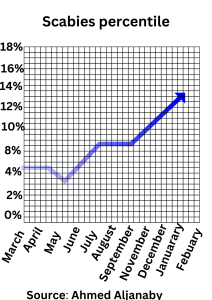
“I haven’t heard much about scabies as of recently, but the first time I heard about it was during one of my health classes that I took in freshman year. Scabies sounds like something to be seriously cautious about and after hearing about how scabies is popping up in the U.S. I am a bit paranoid especially with all the other diseases spreading around. And if the school pushes for us to go online I would go with no questions asked just thinking about the possibility of catching it,” junior Priscilla Morrow said.




